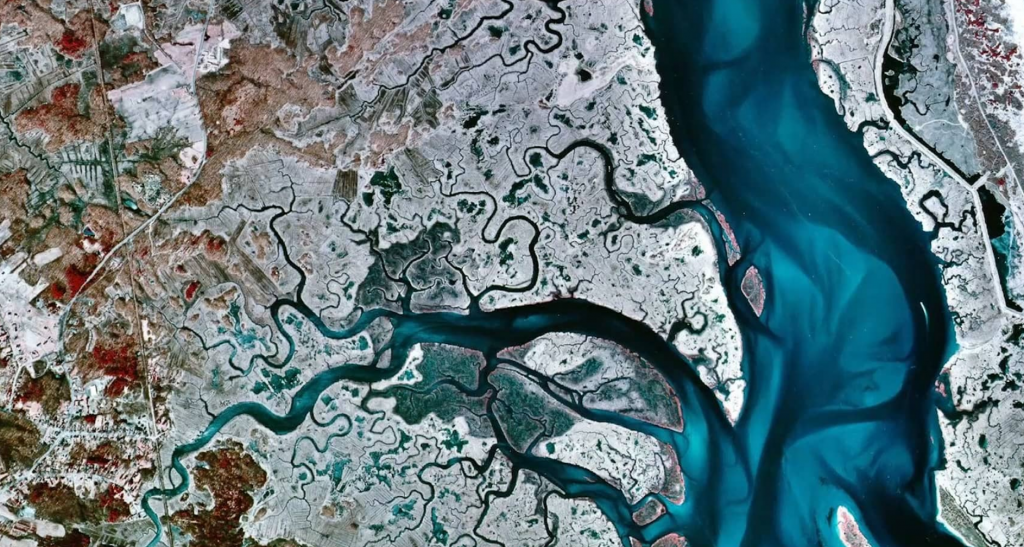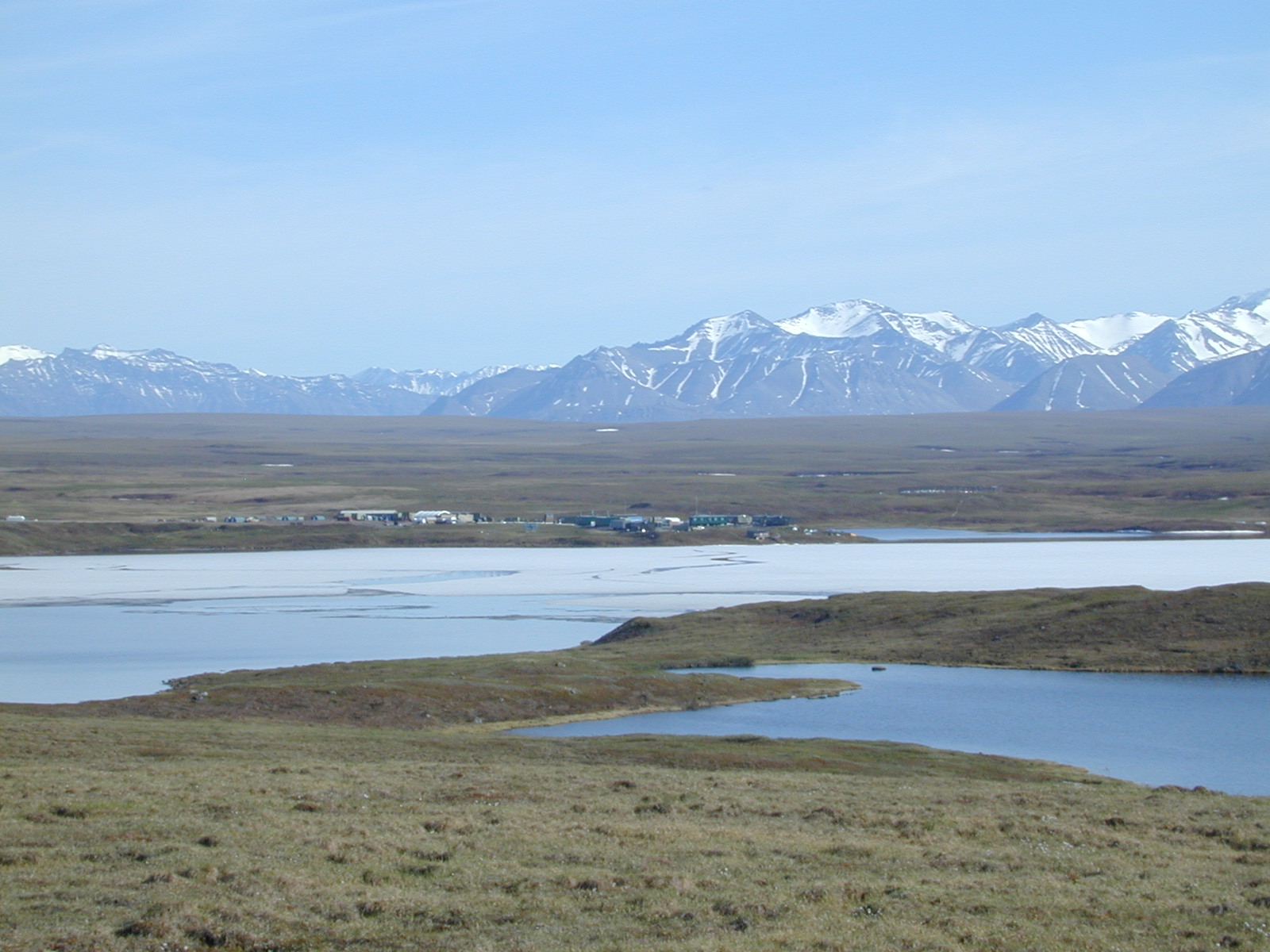LTERs Celebrate 40 Years of Ecological Research

From pollution to climate change—in order to understand how ecosystems are affected by changes in their environment, scientists need long-term observations. This was the idea behind the National Science Foundation’s (NSF) Long-Term Ecological Research Network (LTER), which is celebrating its fortieth anniversary this year.
In 1980, the NSF launched the LTER program to “address ecological questions that cannot be resolved with short-term observations or experiments.” It has swelled from just six LTER sites in 1980 to 28 LTERs across 17 states, Puerto Rico, Antarctica, and French Polynesia. MBL-led research sites at Plum Island, Mass., and Toolik Lake, Alaska, are part of the LTER program.
 Aerial view of the Plum Island Ecosystems LTER. Courtesy PIE-LTER.
Aerial view of the Plum Island Ecosystems LTER. Courtesy PIE-LTER.“If we hope to understand and quantify how ecological systems will respond to environmental change, we need long-term studies,” says Anne Giblin, director of the MBL Ecosystems Center and principal investigator of the Plum Island Ecosystems LTER.
Research at Plum Island focuses on estuaries and watersheds—understanding how these vital ecosystems respond to changes in climate, land use, and sea level, and applying that knowledge into policy recommendations.
“Many ecological changes are slow and can't be understood by taking data over one or two years,” says Giblin. “It may take decades before we can determine what is happening with enough confidence to make predictions on what will happen in the future or be able to extrapolate our findings to other locations.”
 Arctic Long-Term Ecological Research Site at Toolik Lake in Alaska in 2003. Credit: Arctic LTER.
Arctic Long-Term Ecological Research Site at Toolik Lake in Alaska in 2003. Credit: Arctic LTER.Nearly 5,000 miles away from their colleagues in Plum Island, scientists from the MBL Ecosystems Center are studying the ecology of tundra, streams, and lakes, at the Arctic Long-Term Ecological Research Site at Toolik Lake in Alaska.
“Climate change is the looming crisis for the planet,” says Ed Rattaster, MBL senior scientist and lead principal investigator of the Arctic LTER. “The Arctic is warming about twice as fast as the rest of the planet and is already experiencing unprecedented changes.”
Changes including loss of permafrost and increased frequency of lightning storms that can cause wildfires on the Arctic tundra.
“These changes have long-term consequences for arctic ecosystems and the role these ecosystems play in the regional and global climate systems. Assessing these changes requires a long-term perspective that can only be pursued with equally long-term monitoring and experiments,” says Rattaster.
For a comprehensive history of the LTER Program, read this feature in BioScience.
By Amy Mayer
Acid rain can fall far from the site of the human activity that caused it. The diversity of functions performed by plants can be more important to an ecosystem's processes than the number of different species present. The roots of tundra plants take up organic nitrogen, providing some of their necessary nutrition.
These concepts that might be taught in undergraduate classes today have something in common: They can be linked directly to the Long-Term Ecological Research (LTER) network, which is celebrating its fortieth anniversary this year. Read more of the article here.